Wenn Ihr Arzt einen Belastungstest anordnet, fragen Sie sich natürlich, wie lange dieser dauern wird. Die Dauer der Vorbereitung, des Tests selbst und der Nachbeobachtung kann je nach Art des durchgeführten Belastungstests variieren.
Unabhängig davon, ob bei Ihnen ein herkömmlicher Belastungstest, ein nuklearer Belastungstest oder ein pharmakologischer Test wie Lexiscan ansteht: Wenn Sie wissen, was Sie erwartet, können Sie Ihre Bedenken zerstreuen und sich besser vorbereiten.
In diesem Handbuch werden wir Folgendes aufschlüsseln:
-
Was ein Stresstest ist
-
Verschiedene Arten von Stresstests
-
Wie lange jede Art normalerweise dauert
-
Welche Faktoren beeinflussen die Dauer
-
Was Sie während und nach der Behandlung erwartet
Lassen Sie uns eintauchen.
Was ist ein Stresstest?
Ein Belastungstest, auch als Belastungs- oder Herzstresstest bekannt, ist ein diagnostisches Instrument zur Beurteilung der Herzleistung bei körperlicher Belastung. Er hilft Ärzten, Herzerkrankungen wie koronare Herzkrankheit, Herzrhythmusstörungen und andere Herzfehler zu erkennen.
Es gibt verschiedene Arten von Stresstests:
-
Standard-Belastungstest (Laufband oder Fahrrad)
-
Nuklearer Stresstest (mit Bildgebung)
-
Pharmakologischer Stresstest (mit Medikamenten wie Lexiscan)
Jeder hat einen anderen Zeit- und Vorbereitungsbedarf. Und denken Sie daran, dass Stress Nierensteine verursacht .
Wie lange dauert ein Standard-Belastungstest?
Ein Standard-Belastungstest auf dem Laufband oder Fahrrad dauert in der Regel insgesamt 30 bis 45 Minuten , der eigentliche Trainingsteil ist jedoch oft viel kürzer.
Abbauen:
-
Vorbereitung & EKG-Setup: 10–15 Minuten
-
Training auf dem Laufband oder Fahrrad: 6–15 Minuten (variiert je nachdem, wie lange Sie die zunehmende Intensität durchhalten können)
-
Überwachung nach dem Training: 5–10 Minuten
Dieser Test ist in der Regel schneller als nukleare oder pharmakologische Tests. Er wird häufig als erster Schritt in der Herzuntersuchung bei Patienten eingesetzt, die körperlich belastbar sind. Versuchen Sie es mit körperlichen Übungen, sie helfen beim Stressabbau .
Wie lange dauert ein nuklearer Stresstest?
Ein nuklearer Stresstest ist detaillierter und dauert deutlich länger, insgesamt etwa 2 bis 4 Stunden .
Es umfasst zwei Bildgebungssitzungen:
-
Eines, während dein Herz ruht
-
Eines nach dem Stress (durch Sport oder Medikamente)
Zeitleiste:
-
Injektion radioaktiver Tracer (Ruhephase): Erste Injektion einer kleinen Menge radioaktiven Materials (wie Thallium oder Sestamibi)
-
Ruhebildgebung: Nach 20–40 Minuten beginnt die Bildgebung, die 15–30 Minuten dauert
-
Stressphase (Laufband oder Lexiscan): Entweder Übungen oder Medikamente zur Simulation von Stress (Lexiscan selbst dauert nur wenige Sekunden, die Überwachung dauert jedoch über 15 Minuten)
-
Zweite Tracerinjektion: Bei Spitzenbelastung
-
Stressbildgebung: Nach einer kurzen Verzögerung weitere 15–30 Minuten Bildgebung
Wenn Sie sich also fragen, „wie lange dauert ein Stresstest?“ und Sie einen Atomtest bekommen, sollten Sie mindestens einen halben Tag dafür freihalten.
Sie sollten lesen - Befreien Sie sich von Koffein-Nervosität
Wie lange dauert ein Lexiscan-Stresstest?
Lexiscan (Regadenoson) wird in pharmakologischen Stresstests bei Patienten eingesetzt, die nicht trainieren können. Die eigentliche Injektion dauert nur 10 Sekunden , aber Sie werden vorher und nachher eine Weile überwacht.
Gesamte Termindauer: 1,5 bis 3 Stunden
-
Zubereitung: 20–30 Minuten
-
Lexiscan-Injektion: einige Sekunden
-
Bildgebung vor und nach der Untersuchung: 30–60 Minuten pro Sitzung (oft an ein nukleares Bildgebungsprotokoll gebunden)
Möglicherweise verspüren Sie nach der Injektion kurzzeitig Hitzegefühle oder Atemnot. Das ist normal.
Dauer des Stresstests nach Typ
|
Typ |
Gesamtzeit |
Nur testen |
Hinweise |
|
Belastungstest |
30–45 Minuten |
10–15 Minuten |
Kurz, weniger invasiv |
|
Nuklearer Stresstest |
2–4 Stunden |
Variiert |
Beinhaltet Bildgebung + radioaktiven Tracer |
|
Lexiscan (Pharmakologisch) |
1,5–3 Stunden |
Sekunden |
Schnell wirkendes Medikament; Teil eines Atomtestpakets |
Was beeinflusst die Dauer des Stresstests?
Die Dauer Ihres Stresstests kann durch verschiedene Faktoren beeinflusst werden:
-
Ihre körperliche Verfassung: Wenn Sie nicht lange trainieren können, endet der Test früher
-
Anamnese: Detailliertere Bildgebung kann erforderlich sein
-
Art der verwendeten Bildgebung: Manche Maschinen/Prozesse dauern länger
-
Wartezeit zwischen den Schritten (z. B. nach der Tracerinjektion)
-
Reaktionen auf den Test: Bei Unwohlsein kann eine zusätzliche Beobachtungszeit erforderlich sein
Was Sie nach dem Test erwartet
Die meisten Patienten können kurz darauf wieder ihren normalen Aktivitäten nachgehen. Nach dem Sport können Sie sich müde fühlen, nach der Einnahme von Medikamenten leicht errötet. Ein Techniker oder Arzt wird Sie überwachen, bis sich Ihre Herzfrequenz und Ihr Blutdruck stabilisiert haben.
Die Ergebnisse liegen in der Regel innerhalb weniger Tage vor. In dringenden Fällen kann Ihr Kardiologe die Ergebnisse noch am selben Tag besprechen.
Fühlen Sie sich nach Ihrem Stresstest geistig erschöpft oder ängstlich?
Testen Sie neuroVIZR, ein Licht- und Ton-Gehirn-Wellness-Gerät, das Ihnen hilft, schnell und klar zu entspannen. Viele Anwender berichten bereits nach einer kurzen Sitzung (ca. 11 Minuten):
-
Ein ruhigerer Geisteszustand und weniger Reststress
-
Wiederhergestellte Konzentration und emotionale Ausgeglichenheit nach dem Eingriff
-
Ein nicht-pharmazeutischer, einfach anzuwendender Ansatz zur Genesung
In Kombination mit ausreichender Flüssigkeitszufuhr, tiefer Atmung und Ruhe bietet NeuroVIZR eine ganzheitliche Möglichkeit, Ihren Geist dabei zu unterstützen, reibungslos wieder in den Alltag zurückzukehren.
Abschließende Gedanken
Wie lange dauert ein Belastungstest? Je nach Methode zwischen 30 Minuten und vier Stunden . Die einfachste Form ist ein Laufbandtest, während nuklearmedizinische und pharmakologische Tests mehr Zeit und Schritte erfordern.
Wenn bei Ihnen ein Belastungstest ansteht, fragen Sie Ihren Arzt, welche Art von Test Sie erhalten, und planen Sie entsprechend. Mit der richtigen Vorbereitung und den richtigen Erwartungen verläuft der Prozess reibungslos und kann lebensrettende Erkenntnisse über Ihre Herzgesundheit liefern.
FAQs
Wie lange auf dem Laufband für den Belastungstest?
Die meisten Laufbandeinheiten dauern je nach Ausdauer und Gesundheitszustand zwischen 6 und 12 Minuten . Die Intensität des Tests wird gesteigert, bis die Zielherzfrequenz erreicht ist oder Symptome auftreten.
Was ist ein nuklearer Stresstest?
Es handelt sich um einen diagnostischen Test, bei dem mithilfe eines radioaktiven Tracers und bildgebender Verfahren der Blutfluss zu Ihrem Herzen im Ruhezustand und unter Belastung gemessen wird.
Was ist ein Lexiscan-Thallium-Stresstest?
Dabei handelt es sich um eine Kombination aus Lexiscan (einem Medikament, das körperliche Anstrengung simuliert) und Thallium-Bildgebung zur Beurteilung der Herzfunktion ohne körperliche Anstrengung.
Ist ein Stresstest schmerzhaft?
Nein, es ist nicht schmerzhaft. Sie können sich während der Übung kurzatmig oder müde fühlen. Einige Patienten berichten von Nebenwirkungen wie Kopfschmerzen oder Hitzewallungen durch Lexiscan, diese sind jedoch vorübergehend.






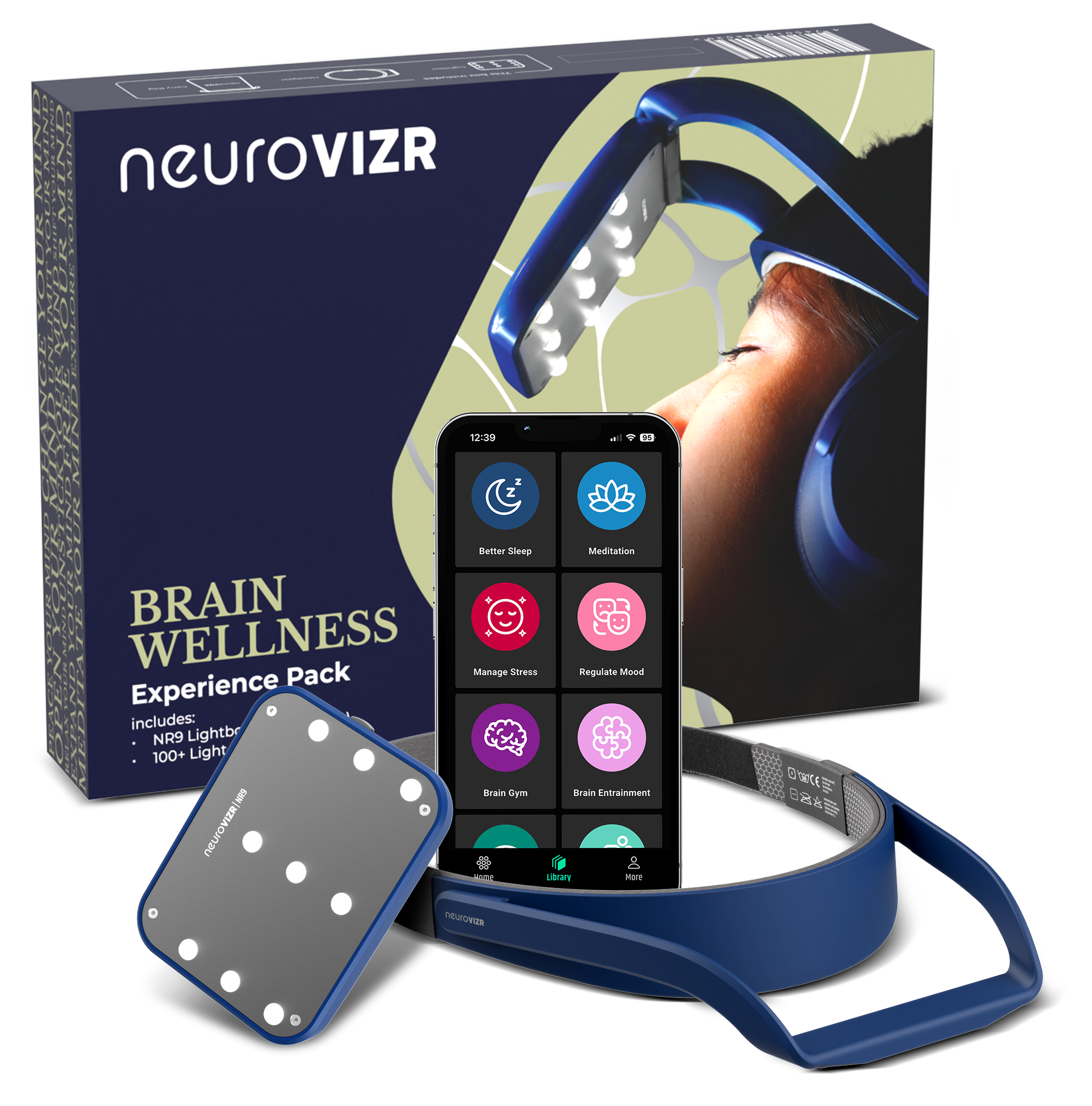

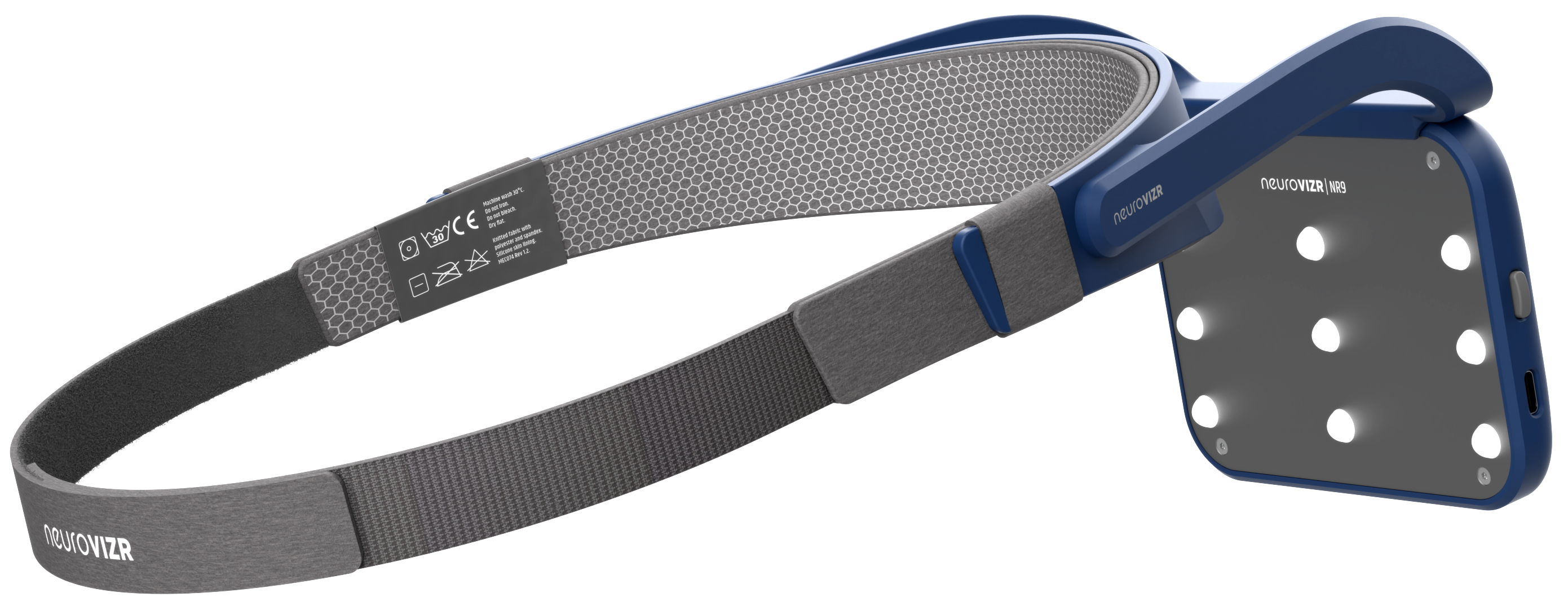

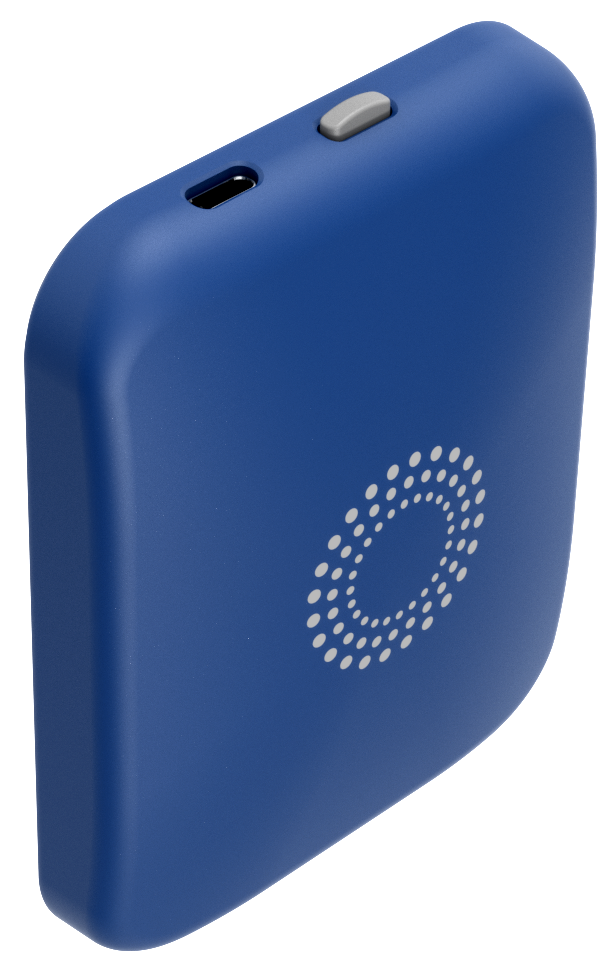
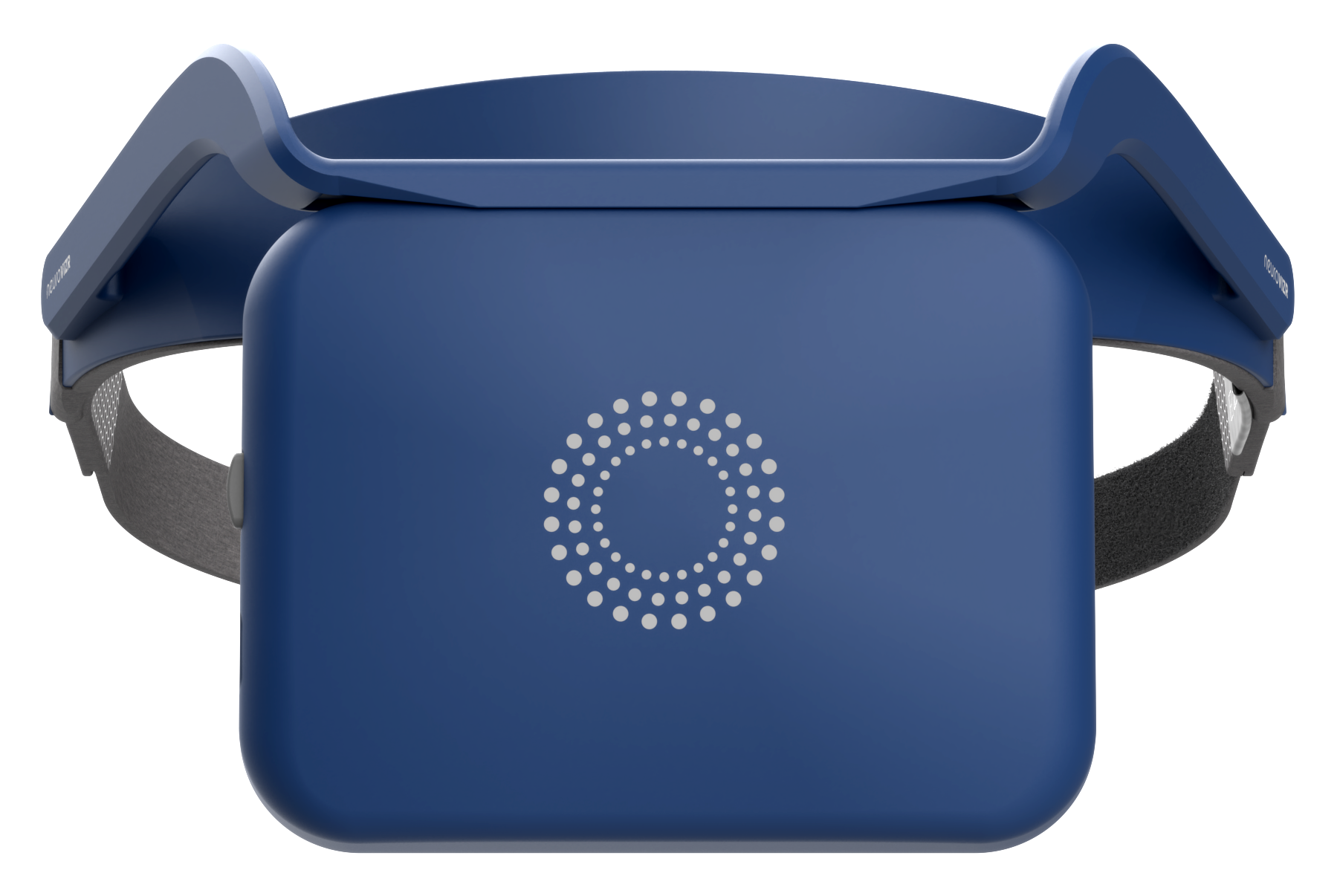
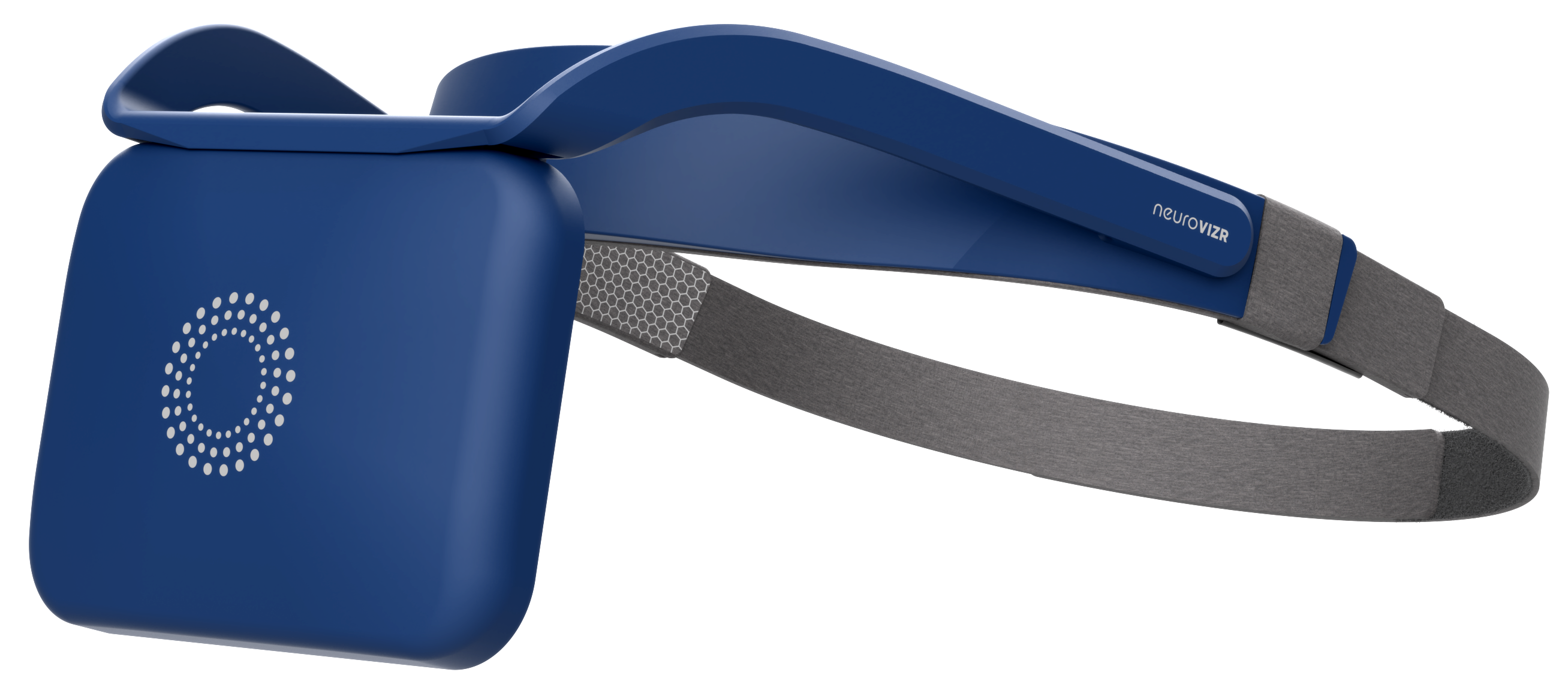

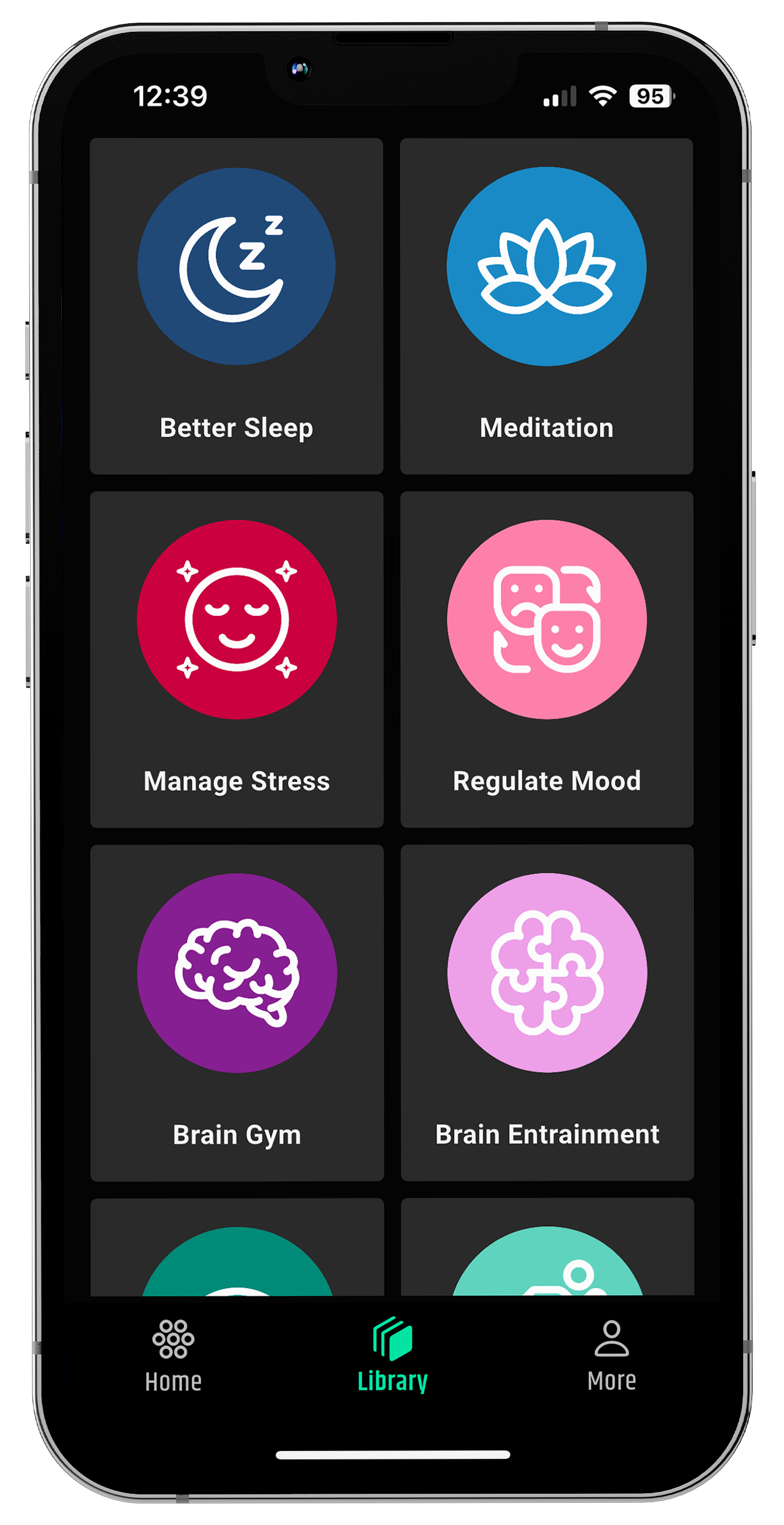
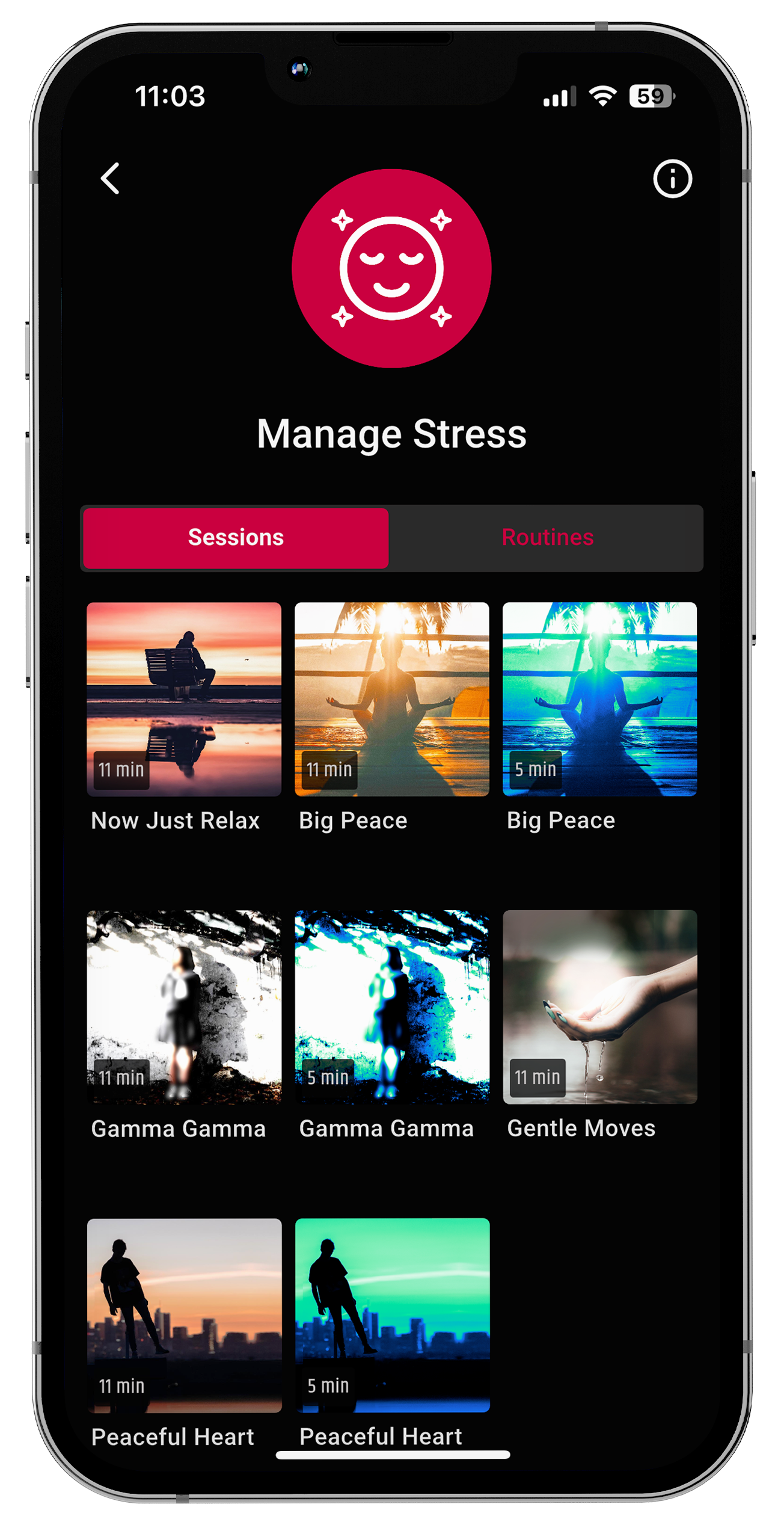
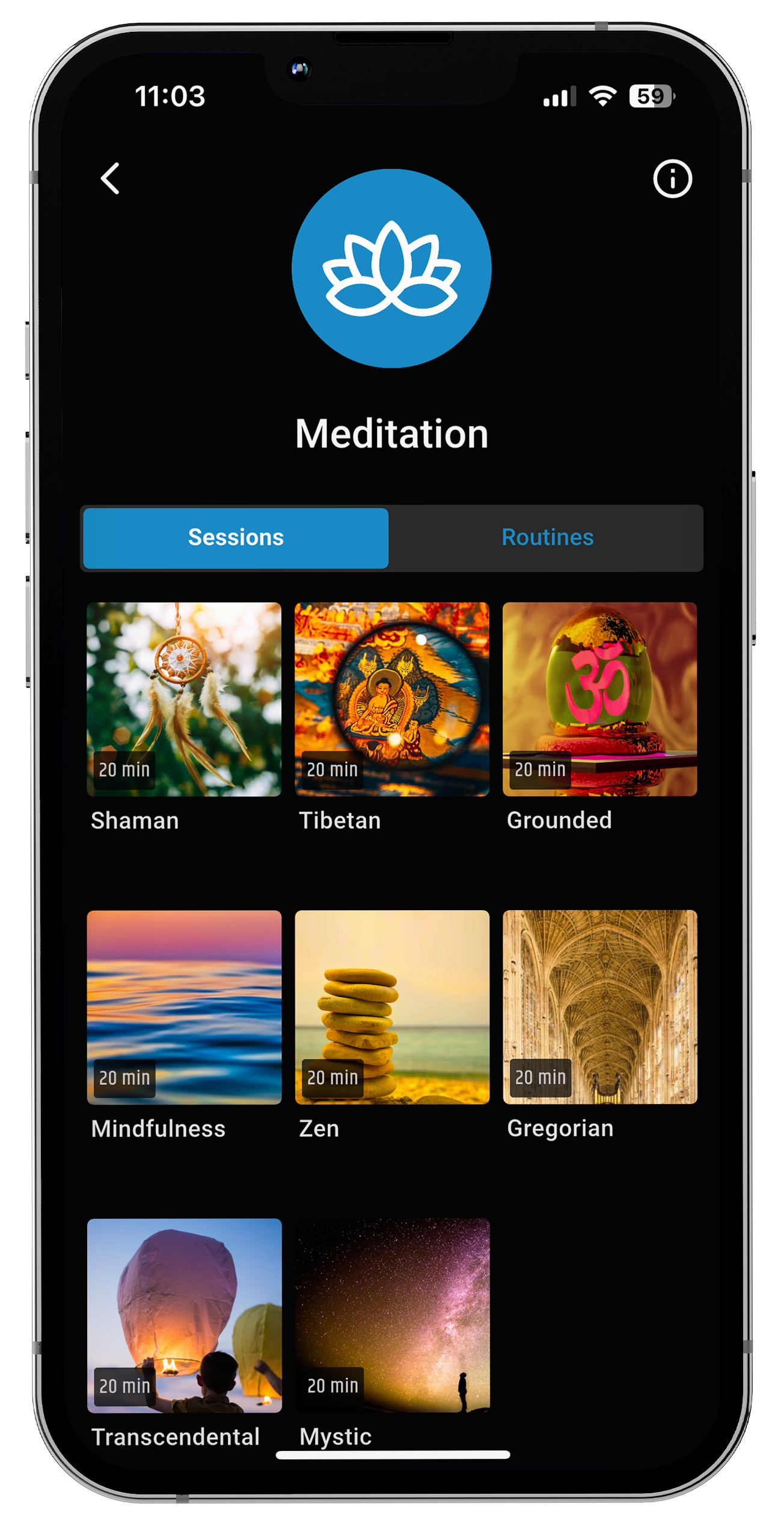
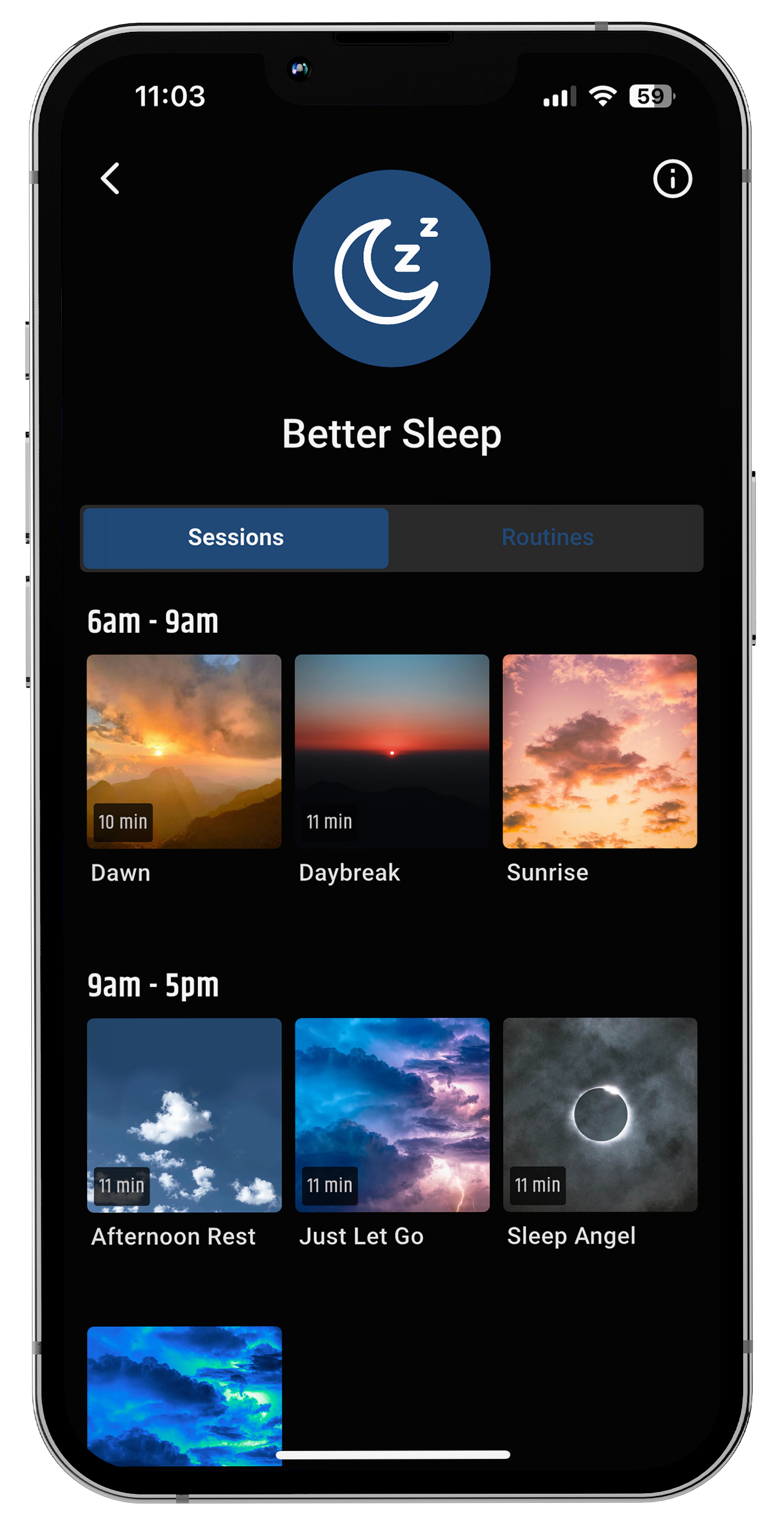










Teilen:
Stressabbautechniken für Krankenschwestern: 9 bewährte Praktiken, die durch Wissenschaft und Praxis gestützt werden
Kann Stress Nierensteine verursachen? Der Zusammenhang zwischen Stress und Steinbildung wird aufgedeckt